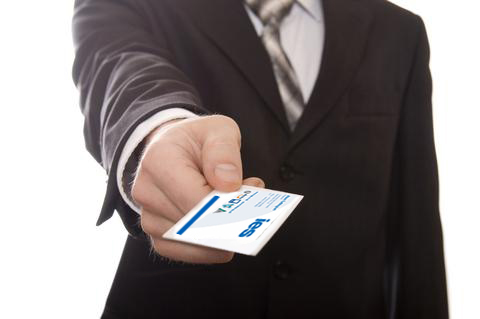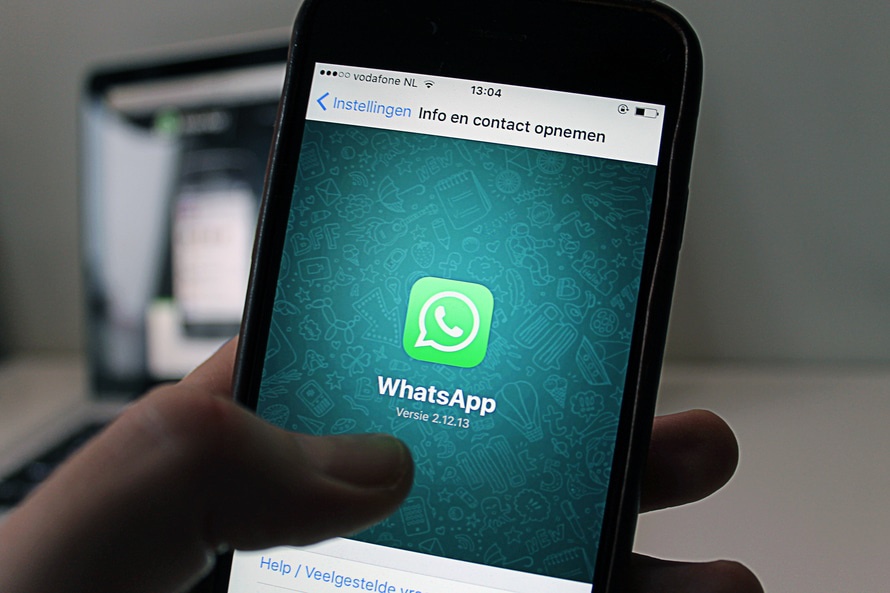Where there is a weekend, conferences and networking events are sure to follow.
These gatherings can provide an ample opportunity to listen in on hot topics that can better your business, gain sage advice from those folks that have been there done that and participate in discussion on subjects close to your heart. Still, networking tends to be the number one reason to attend these often overpriced events.
Since you’ll want to get the most bang for your buck, learn who to seek out and those you should avoid. Between the must-meet founders and keynote speakers, there will be some people you’ll want to meet. Others, who include the “stressed-out guy” and the “sales person,” may be good candidates to avoid.
Want to know more people you should rub shoulders with at conferences? In the infographic from mobile-networking app Bizzabo (below), check out the 10 different types of people you’ll likely meet at a conference:
![Who do you meet at conferences? [Infographic]](https://www.fedracongressi.com/fedra/wp-content/themes/avant/images/blank_blocks_img.png)













